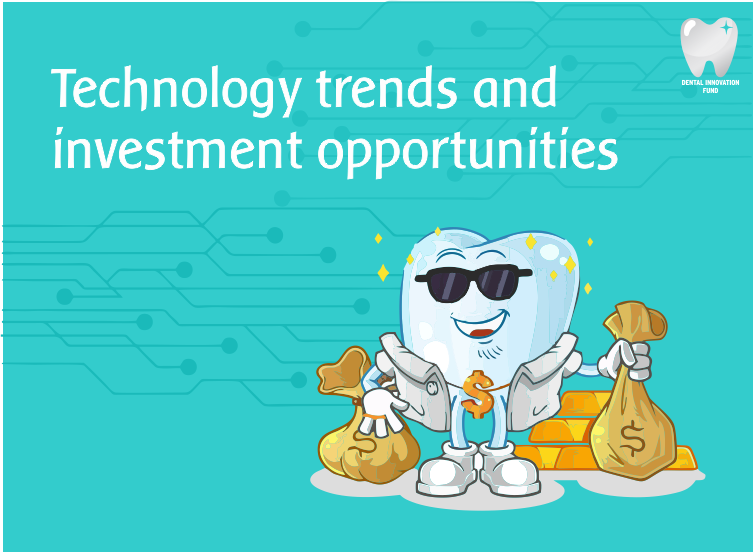
Technology trends and investment opportunities
As dental technology is getting better the dental investment sector is overflowing with investors. With the right approach, investing in dental healthcare technology can bring better ROI.
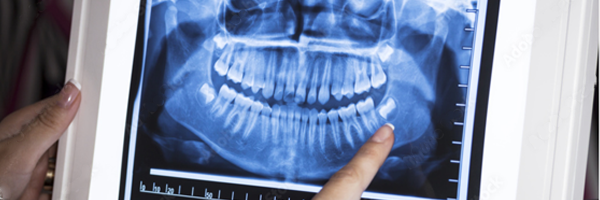
Dental technology is continuously evolving, and all areas of dentistry will soon be digitized. Endodontic electronic apex locators automated periodontal probes, virtual impressions, computerized repairs, and in-house testing to identify patient blood glucose and microbiological tests are all part of the process, which starts with electronic recording and advances to digital imaging.
Proceed to digital therapy, for example. Keep a close eye on the patient's stress level. Patients now expect to receive entire treatment in a single visit, such as root canal treatment in a single visit (the most common example), crown preparation and placement, and surgical placement and repair of implants all on the same day.
Dental Technology Market Value (In the US and elsewhere)
The Dental Services Market Report from the Business Research Company focuses on the industry's most influential region: North America.
The research has shared data on the market size as well as a thorough analysis of the area and other rapidly rising regions across the world.
North America dominates the worldwide dental investment market, accounting for 36.4 percent of total revenue in 2021. Asia-Pacific is next, followed by Western Europe, and finally other areas. Africa and the Middle East will be the fastest developing dental services market regions in the future, with CAGRs of 12.9 percent and 12.4 percent, respectively.
Organizations offering general dental treatments, oral surgery, orthodontics, and dental restorations provide dental services and related commodities in the dental services market. From the US $ 427.21 billion in 2021 to the US $ 47.35 billion in 2022, the worldwide dental services market is predicted to develop at a compound annual growth rate (CAGR) of 11.3 percent.
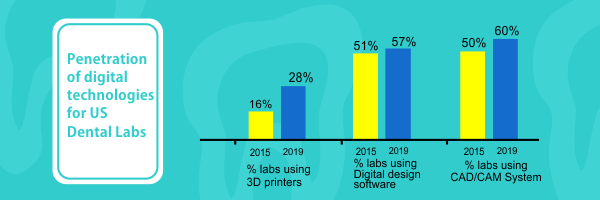
Companies rearranging their operations and recovering from the impact of COVID19, which previously resulted in restricted lockdown measures linked to social distance, telecommuting, and firm closures are all contributing to the growth of the dental services industry. The market is estimated to reach $693.25 billion by 2026, with a CAGR of almost 10%.
With 401,892 dentists practicing in 2020, the US dental services industry has the biggest proportion of practicing dentists in North America. The increase in the number of practicing dentists in the region will boost the dental services industry in the long run.
Dental Implant Market Stat:
The Dental Implants market was worth USD 4590 million in 2018 and is predicted to be worth USD 8350 million by the end of 2025, with a CAGR of 7.8% from 2018 to 2025.
With a production share of over 39 percent and a sales share of nearly 44 percent, the EU is the largest manufacturer and client in the field of dental implants. North America is in the second position, with a 33 percent manufacturing share and a 27 percent sales share.
The size of the Dental Implant technology market is examined by player, country, product type, and end industry in this study. The worldwide competitive landscape, market dynamics, and trends, opportunities and challenges, risks and hurdles to entry, distribution channels, distributors, and analysis are also included in this research.
Dental Consumable Market:
The worldwide dental goods market is estimated to increase at a CAGR of 7.21 percent from USD 28,312.12 million in 2018 to USD 46,120.12 million in 2025.
The dental consumables market is fiercely competitive, with a significant number of multinational and regional players competing for market share.
This research delves into demand estimations, industry dynamics, and micro and macro data in great detail. It also identifies the variables that are driving and restricting demand for Dental Consumables.
Dental Lab Market:
The expansion of the investment in dentistry is largely driven by the aging population, the rise of consequential pilferage, and an increase in the outsourcing of prosthetic solutions - designed specifically for dentistry laboratories.
The Dental Laboratories market research includes analyses of key aspects that are thought to help the market expand faster. It describes the patterns, limitations, and dynamics that cause the market to evolve in either a favorable or negative way.
The dental laboratory market is predicted to rise in response to rising demand for aesthetic dental operations, as well as an increase in the elderly population. This Dental investment Report examines major market trends as well as the market's size and main regions.
The study covers the top manufacturers in each region, along with their market shares, based on worldwide sales. This study also discusses their recent strategic decisions, such as investing in product innovation and changing leadership to stay ahead of the competition.
Dental Restoration Market:
The restoration and regeneration of oral tissues that have been destroyed by illness or injury are known as dental reconstruction. The rate of tooth decay is rapidly increasing, especially in low- and middle-income countries, due to factors such as changing people's lifestyles, increasing sugar consumption, decreasing fluoride consumption, and a lack of national programs to control oral diseases, resulting in the growth of the dental restoration market.
The analysis includes the major companies in their respective regions and market shares based on worldwide sales. The study also discusses the company's recent strategic initiatives, product innovation dental investments, and leadership changes to stay ahead of the competition.
The Future of Dental Care Technology
Innovative, fast-acting drugs aren't the only kind of healthcare innovation. Diagnostic centers play a vital role as well. This industry has a lot of room for expansion. Imaging technology has grown at its fastest rate in decades. With a cumulative annual growth rate (CAGR) of 16.9%, the worldwide telemedicine industry is expected to reach $55.6 billion by 2025.
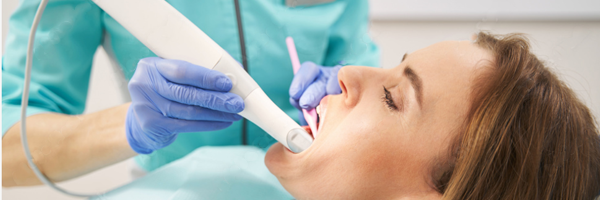
The globe has experienced a shift from analog to digital culture over the previous few decades. Medical device technology has expanded at an exponential rate as a result of this trend. These technical advancements have a lot of potential in the future, and they will allow investors to put money into this emerging region.
After the patient has chosen a dentist, their computer scheduling application will contact the dental office computer through the internet to book an appointment shortly. At the same time, the patient authorizes the HIPAA-compliant release of digital records and photos from other healthcare providers, which are then downloaded to the patient's medical history profile in the dental database.
Staff and dentists will be able to view the relevant tags ahead of time. A darkroom, a space to hold records (paper, models, photographs), a laboratory, and, in certain situations, a waiting area are all missing from a dental office. This is because a patient may be waiting outside the mall door without any paperwork to complete. It's already in place. Some dental service providers are digital and provide basic dental care in two or three RVs.
Here are some industry trends to look out for in 2022 (and beyond), when numbers begin to recover fully and growth is predicted to accelerate:
Contact with the patient:
Retention of patients is important. Experience with patients. In other words, the urge to connect with the patient is the primary emphasis of practice.
Although this is not a novel notion, we now live in a time where patient engagement and expectations require a more individualized and intentional connection.
Patients should be educated to gain trust:
Maintaining a high degree of patient trust enhances the capacity to recruit and retain patients, but a low level of trust might limit patient retention. The patient's dental spending is also influenced by their level of trust. Patients who trust their dentist are more likely to undergo treatment and pay on time.
Communication should be used to empower patients.
As you involve patients in discussions about their dental care, they will feel more powerful. Referral and review possibilities will continue to be popular in dental marketing. These strategies can help you increase patient involvement in your practice:
- Provide possibilities for referrals and reviews. Make it a part of your team's post-appointment patient discussions
- Keep track of all reviews, both positive and negative. Look for methods to better oneself
- Be flexible in your response to all evaluations, including unfavorable ones. Make sure you're not delivering the wrong message
Patient-centric generation:
Most of the above-mentioned affected person engagement trends can be aided by dental generation. Technology can also have an immediate impact on how patients obtain dental treatment. The following technologies are expected to grow in importance by 2022.
AR (Augmented Reality):
AR (Augmented Reality) provides clients a snapshot or video of a real-world scene and superimposes everything else viewable on top of it. The photo has been manipulated, implying a modified or augmented reality.
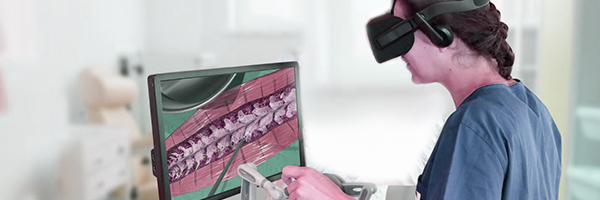
AR may be used in cosmetic dentistry and orthodontics to allow patients to see how their smile transformations, corrections, and upgrades will look before treatment. AR allows dentists to do emotional dentistry.
Dentists may now engage in emotional dentistry, in which patients with damaged enamel can picture their smiles as they will be when innovative dental treatments are done using the software.
Emotional dentistry helps you to improve the patient's experience. Dentists that specialize in cosmetic dentistry, emergency dentistry, or orthodontics are the most likely to benefit from investing in emotional dentistry. When utilized correctly, it can help to soothe patients' anxiety and make obtaining dental care less daunting than it would be otherwise.
Teledentistry:
During the peak of the COVID19 epidemic, health and safety are the driving reasons behind virtual dental care. Teledentistry has demonstrated its viability until 2022 and beyond since it provides patients and service providers with a simple and time-saving option.
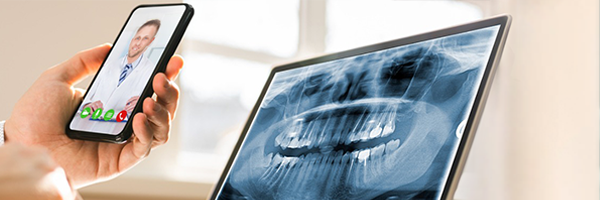
Teledentistry broadens the range of services available to patients. The American Dentistry Association (ADA) acknowledges the potential and has developed a detailed, up-to-date policy on the use of telemedicine and live video in emergency dental, consultation, and diagnostic procedures. With virtual consultations/referrals, patient education, and urgent care triage and consultation, teledentistry enhances the patient experience.
Artificial Intelligence:
Machine learning and artificial intelligence (AI) can analyze enormous volumes of data to detect patterns and learn. Dental investments will continue to benefit greatly from AI, particularly for patients with serious dental diseases.
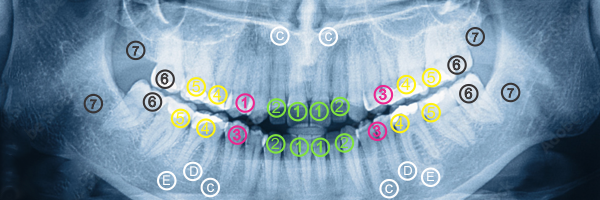
Artificial intelligence, for example, can assist in the detection of dental decay as well as tissue and bone diseases. Screening can help to discover specific procedure recommendations and speed up the diagnostic decision-making process.
To assist improve diagnosis accuracy; use cases expand beyond dental support. Artificial intelligence (AI) will soon provide a "second opinion," giving patients more confidence in accepting therapy and increasing approval rates for medical corporations.
3D Imaging/Printing
It's no surprise that 3D printing has to quadruple its market share every three years. There are several advantages to 3D printing, including faster processing and reduced expenses. In general, dental and healthcare apps are improving and adding value.

The following are some of the advantages of 3D printing:
- On-site printing saves time and money in the lab
- On-site 3D technology, for example, can minimize crown production time.
- The amount of time spent sitting is maximized, and patients benefit from shorter treatment sessions.
Artificial intelligence advances have the potential to impact not just patient behavior and treatment, but also the recruitment and training of our future dentists.
It is feasible to construct a comprehensive recruiting and evaluation tool for prospective students in higher education institutions, in general, using Customer Resource Management (CRM) for student success.
CRM will help educators at dentistry schools to learn and forecast what works and what doesn't for specific pupils. Education may be more customized, based on the student's background and talents.
We can monitor students' progress from the beginning, assess and provide advice on their progress, identify flaws, and assist them in achieving success.
The future of Dental Technology and Opportunities for investors
Amplifying the flow of new technological discoveries requires dynamic collaboration between basic and clinical research that may lead to clinical applications.

From genetic testing and environmental factors to identifying predisposing genetic risks and nutritional advice, it's not hard to imagine a future in which patients will come to the clinic and be treated as a whole.
Comprehensive oral and treatment plans are provided to patients to help them use AI to learn from their past behaviors and predict and improve future behaviors, interactions, and treatments.
In addition to the latest wave of withdrawals, total funding for digital health hit a record high of $ 26.5 billion in 2020, and it is not surprising to see another record high in 2021.
COVID19 illustrates that healthcare is a horizontal problem that affects people from all areas of life, rather than a vertical industry. Work, school, and leisure/entertainment activities are all being influenced by healthcare.
Employee wellness is important to executives and leaders of firms of all sizes, who may have traditionally focused only on employee well-being during open enrollment. We anticipate a record number of transactions and total capital invested, as well as ease of adoption of healthcare solutions.
One of the most difficult tasks facing leaders in our field is motivating people who are uninterested, uninformed, or disheartened. Our profession must discover a more effective strategy to break down care barriers.
A more efficient method of funding education and college grants. Also, there is a better approach to enhance dental health awareness and improve the oral health of all residents. It is necessary to enhance technology. Contribute to the enhancement of our educational program. Increase our research and innovation, which are the foundations of our success. And to increase the standards and quality of care that make our profession, because of its ideals, the envy of the rest of the world.
Our profession must not stifle tomorrow's options or limit our capacity to tackle challenges that will arise in the future. With dental investment funds, we can have the skill, expertise, and resolve to discover a better way, even if it costs money, time, and leadership.
Conclusion: Why does tech bring investment opportunities for dental investors?
Healthcare has a bright future ahead of it. Many of the aforementioned industrial developments are taking place now. Instead of focusing on reactive illness management and marketing gimmicks, promote affordability, value, prevention, and well-being. Medical treatment has evolved from universal "one-size-fits-all" to tailored medical care.
Patients who are self-monitoring and managing their health are becoming more passionate and educated. With a rise in mobile healthcare and remote patient care, we're also shifting away from hospital-based treatment and into alternative, more cost-effective settings – allowing more people to be serious about their dental health and come for checkups. Besides, with dental technology, people will also seek aesthetic dental treatments – everything leads to better ROI for a dental investor.